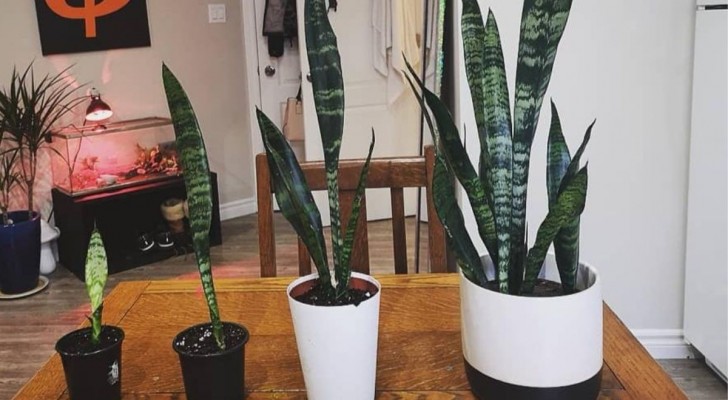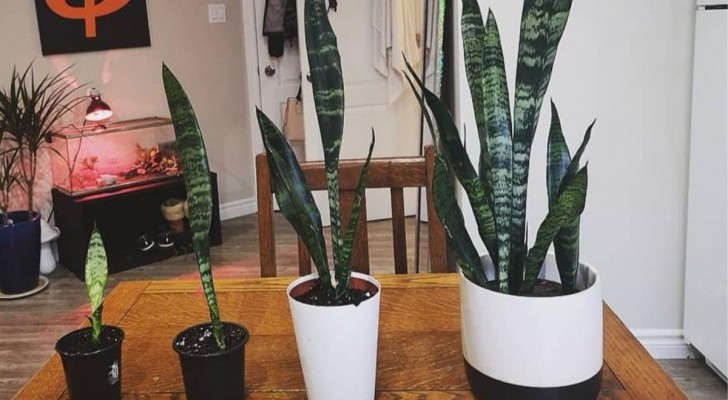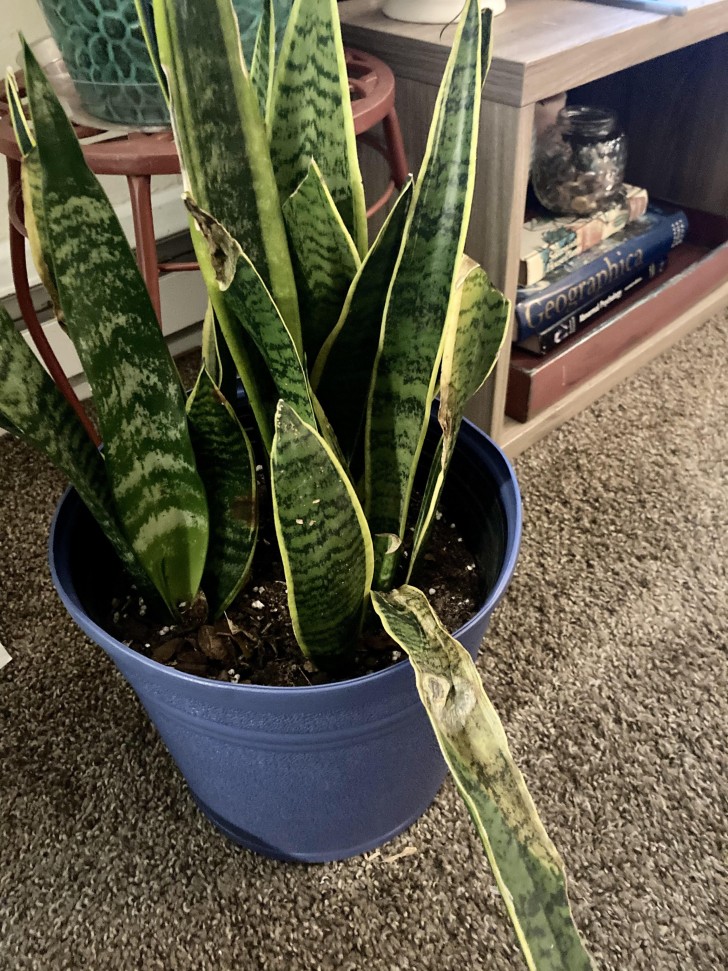Does Sansevieria every need pruning? We explain when and how to do it

The Sansevieria genus encompasses numerous tropical plant species originating from Southeast Asia and sub-Saharan Africa. They are highly popular as indoor plants due to their ease of cultivation, minimal water requirements, and adaptability to low-light conditions.
These plants, also known as "mother-in-law's tongue", generally don't need pruning. However, pruning may become necessary if the plant gets too big or displays signs of distress. The pruning process should be done carefully to promote the plant's overall well-being, ensuring it remains beautiful and flourishing.
So, when and how should you do this pruning of Sansevieria? Let's find out:
How and when to prune Sansevieria

To begin with, it's essential to be aware of the optimal timing for pruning your Sansevieria, ensuring its well-being and preventing any harm. Given the Sansevieria's slow growth, frequent pruning is unnecessary; a pruning session every 1-2 years will be enough.
Although you can remove unhealthy or dry leaves throughout the year, for routine pruning, it's best to do this during the plant's active growth period in spring and summer. This allows the plant to channel new energy into repairing the areas affected by the cuts and supporting overall growth.
When pruning, use sharp, sterilized pruning shears or a knife with denatured alcohol. The process involves three key steps:
- Inspect the plant and remove any dry, rotten, or diseased leaves to prevent potential diseases from spreading.
- Trim leaves that are overly expanded at the plant's base.
- Cut back leaves which are too high.
Look at your plant from a distance, making minor adjustment cuts only if necessary. It's advisable, however, not to prune more than one-third of the plant to avoid causing undue stress.
Why prune Sansevieria?

The need for Sansevieria pruning arises from various factors, primarily the presence of diseased, rotted, or dry leaves that not only compromise the plant's beauty but may also contribute to its overall decline.
Yellowed leaves - whether due to insufficient light, excessive watering, or natural aging - should be pruned to enhance the plant's well-being and stimulate robust growth with the emergence of new, vibrant leaves.
Additionally, pruning becomes necessary to harmonize the plant to its environment. Despite its slow growth, Sansevieria can attain significant height over the years, prompting the need for pruning back.
Pruning is also a viable method for propagation. Sections removed during pruning can be placed in water or soil to yield new specimens.
In essence, through pruning, your Sansevieria will stay healthy and robust!